Plan Info
The Last Supper on the MoonSample
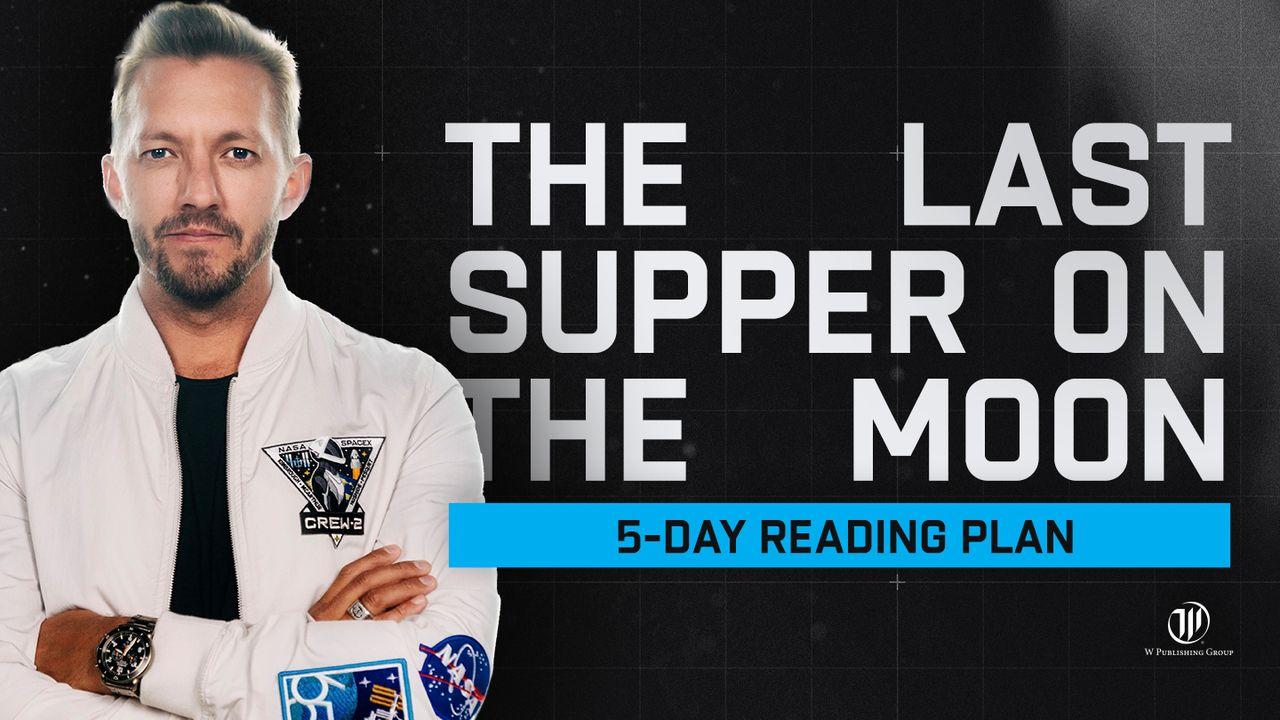
Let the Party Continue
The table in our house is built on a cross. Literally, we commissioned it from a fabulous furniture maker named Levi, who runs a company called Birch and Bennett Co. We wanted reclaimed wood on the top, but we also wanted the structure underneath to be metal and have a modern feel. He sourced the wood from a hundred-year-old church building, and the surface buffed smooth by ten decades of footsteps. He built a cross into the design—an enormous, seven-foot, stainless steel cross forms the base for the table.
When Levi delivered our cross table on a cold winter night, it far exceeded our expectations. We were speechless when we saw what he had built.
This table is now the heart of our home, and the cross is the heart of the table. If you came over for a meal, it is where we would sit. I would warn you to watch out if you chose to sit on the booth side; many knees and shins have come into contact with that very sturdy cross in a bad way. We have had as many as nineteen people squeezed around it for a meal. Games are played, prayers are prayed. Hands are held. Tears are shed. Life is lived. And, of course, food is eaten.
Food is intrinsically social. It is connected to relationships like air is to breathing. There’s just something about coming together and eating with someone that is both intimate and endearing. It can also be a humbling exercise because it’s tough to look cool eating buffalo wings and challenging not to appear clumsy eating lettuce wraps.
With this rich, sensual, symbolic imagery in mind, we are ready to begin our approach to the concept of Jesus’ first “I Am” declaration recorded in the Gospel of John. “I am the bread of life” (John 6:35 NKJV).
Bread abounds in the life of Jesus. From the bread Satan tried to get him to make out of rocks (Matt. 4:3) to the bread of the Last Supper, this wonderful food features prominently in Jesus’ three years of public ministry.
We know one of Jesus’ favorite things to do was break bread with people—any people. Sinners, saints, prostitutes, publicans. He was nicknamed the friend of sinners (Matt. 11:9) and was willing to eat with anyone who wanted to hang. Jesus, the party animal. Probably not the image Sunday school drove home for you. But the popular image of the Son of Man’s ministry is summarized by the three words eating and drinking.
To eat with someone brings about great unity. If we share an appetizer, some of it goes into and becomes a part of me, and some of it goes into you, and so in that way, we are bonded. So it was in the ancient perspective as well. With contempt, Jesus’ enemies spit through their teeth while talking about the riffraff with who Jesus sat around the table. Matthew 9:11 explains, “When the Pharisees saw it, they said to His disciples, ‘Why does your Teacher eat with tax collectors and sinners?’” (NKJV). They simply couldn’t fathom why he would allow himself to be united with people who would defile him with their super sinful cooties.
If I were Jesus, when I got wind of their criticisms, I would have shot back, “Because otherwise, I would have to eat all my meals alone. Your question insinuates that you are not sinners, but the reality is, none of you would be able to sit with me, and I would have to eat every meal at a table for one.”
Jesus wasn’t surprised or worried about being defiled by people’s dirty, sinful conditions. That’s the reason He came.
The church is a table held up by a cross. It is nineteen people crammed into a booth for a dinner party.
Speaking of parties, Jesus frequently compared the kingdom of God to the festivities that accompanied a wedding.
Weddings, and the parties surrounding them, are often the pinnacle of human joy. You put on your best clothes and come ready to laugh until it hurts. Eat lots of desserts. Dancing. Crying. Watching the ring bearer veer off course or the flower girl get stage fright. It’s all the best parts of being alive. That is God’s kingdom.
All history points forward to and is explained by feasting - celebration - a party. This is why turning water into wine at a wedding was Jesus’ first miracle. He was pointing to life on the other side of Gethsemane. As he prayed, it was in that garden he contemplated taking up the cup. In the end, despite everything in him telling him not to do it, he was willing to go through with the plan for the joy set before him (Heb. 12:2). Whose joy? Yours!
He swallowed your sorrow so you could sip on joy! That is why I want you to wonder at the majesty of space. To explore the moon and be willing to explore your own soul. It can awaken your curiosity so God’s goodness can free you from the somber seriousness of religion and allow the vitality of friendship to lead you down a path of celebration and excitement, and newness. Heaven is not just out there; the kingdom of God is within, in your inner space.
Respond
Have you experienced the joy of knowing Jesus as Lord and Savior? Share a conversation you’ve had with someone about Jesus.
List three people who need to experience the joy of Jesus.
Prayer
Jesus, thank you for being the light of the world. Help me stay in that light and to share it with others.
About this Plan

In this five-day plan based on Levi Lusko's book, The Last Supper on the Moon, learn how your consideration of the heavens, the moon, and the stars, can directly impact your understanding of God's incomprehensible love f...
More
We would like to thank HarperCollins/Zondervan/Thomas Nelson for providing this plan. For more information, please visit: https://www.lastsupperbook.com
Related Plans
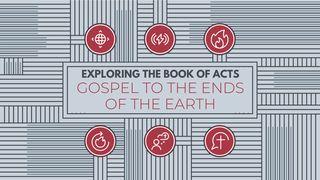
Gospel to the Ends of the Earth
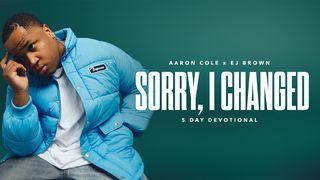
Sorry, I Changed

God in Sandals: Transformational Encounters With the Word Made Flesh

A Prayer a Day for Graduates

Peace in an Anxious World

Jesus & Hell
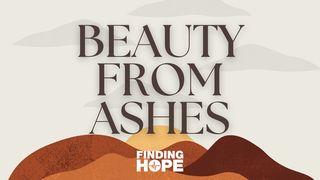
Beauty From Ashes: Finding Hope in the Midst of Devastation

How to Embrace Your Identity in Christ
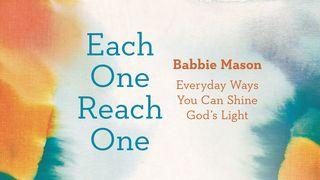
Each One Reach One
